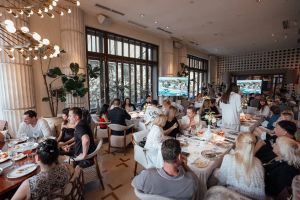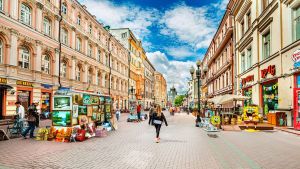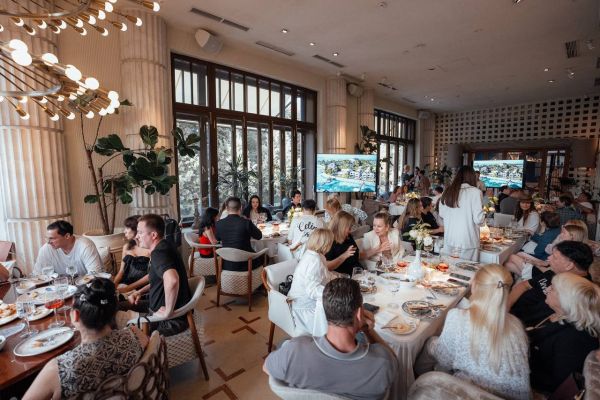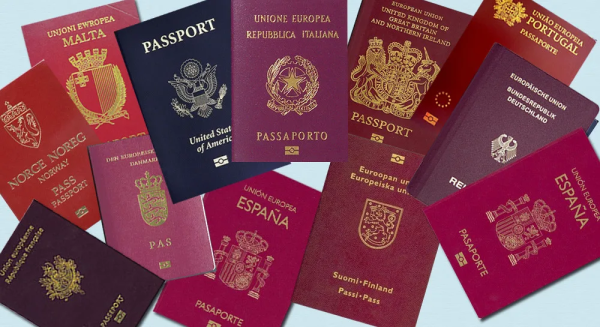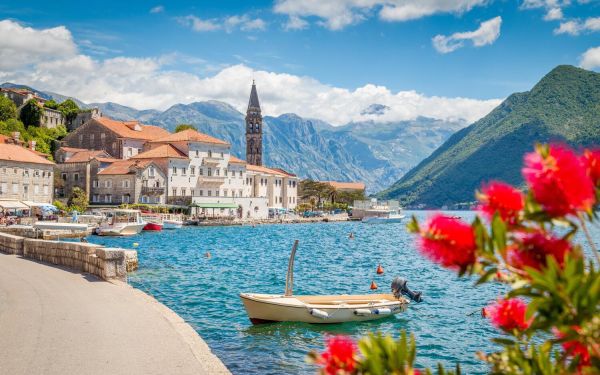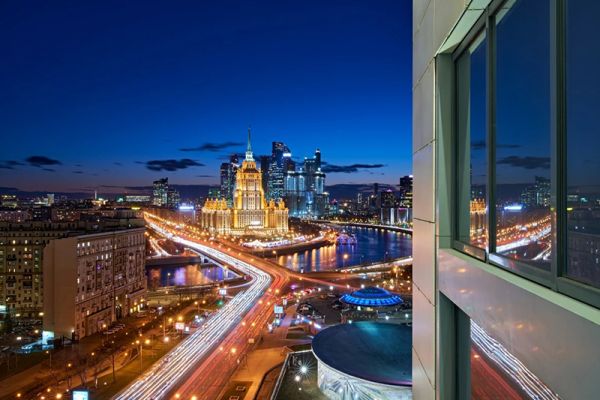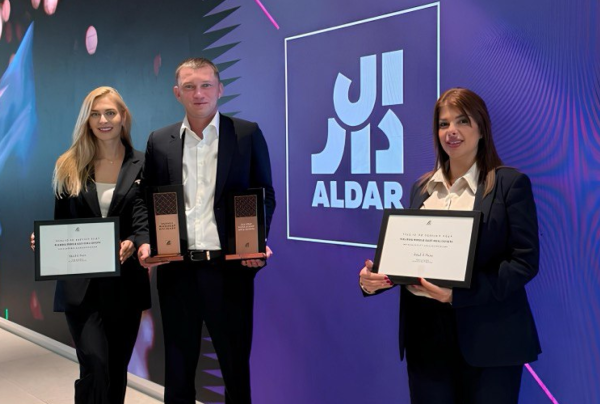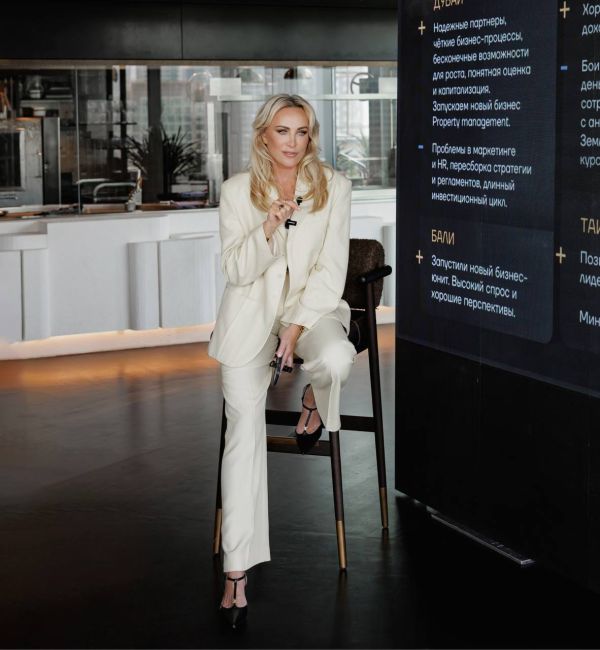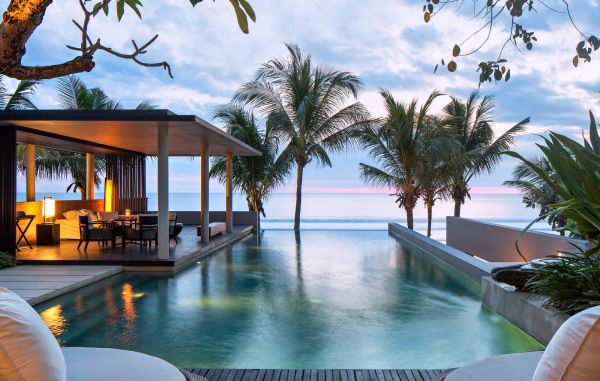Home. Lenta.ru: Strange name
The Arbat is one of the oldest districts of Moscow, with a history of over 500 years. Today, the district is known primarily for its pedestrian street of the same name, which is familiar to every tourist. Before the ban on new construction in the center of Moscow, developers managed to implement several projects here. What Arbat real estate is available for sale today, and what else is planned to be built in the district in the near future?
The Nobles' Nest
The Moscow district of Arbat historically was the residence of noble families, and later, intellectuals. Professors, doctors, lawyers, poets, and artists lived here. The place is associated with surnames such as Golitsyn, Trubetskoy, Volkonsky, Tolstoy, Kropotkin, Dolgoruky... In general, Arbat cannot be called "ordinary."
Today, the district still preserves ancient buildings of various architectures. Among the advantages of modern Arbat, in addition to its rich historical and cultural heritage, are its proximity to the Kremlin and the Moscow River embankment, transport accessibility, and developed infrastructure. Like everywhere in the center, there are also disadvantages: poor ecology, high tourist traffic, and high population density. Anatoly Dovgan, the head of the market analysis and monitoring department at IntermarkSavills, emphasizes that the district can be called well-equipped, but it lacks attractions such as parks and public areas. Nevertheless, Arbat remains one of the most sought-after areas among buyers and tenants of luxury apartments. "The district has developed a unique atmosphere and an elite environment, which is difficult to find something similar in the capital, so Arbat will continue to be in demand by buyers of premium-class real estate," believes the expert.
However, buyers of housing on Arbat Street and in its surroundings must be prepared, according to Valeria Kosenkova, the head of the city real estate department at Kalinka Group, that the special elite atmosphere and high quality of living end at the doorstep. "Crowds of tourists from all around the world mix with people without a fixed place of residence here, street musicians play concerts under the windows of apartments until late at night. Residents of this area also face the problem of lack of parking. Nevertheless, living in this area remains a dream for many clients, and they approach the purchase consciously, weighing all the advantages and disadvantages," she explains.
The Marshals' Mansion
The secondary real estate market of the district is formed by houses built in different eras. In addition to "Stalinist" buildings, brick and panel buildings of the Soviet era, there are also reconstructed mansions and real estate in relatively new buildings. The cost of one-room apartments, as Anatoly Dovgan notes, starts from 12.5 million rubles. At this price, for example, you can buy a 36 square meter apartment in a house on Novinsky Boulevard. "Two-room apartments" cost from 19 million rubles (a 50 square meter apartment in Malaya Nikolopeskovsky Lane), and "three-room apartments" start from 40 million rubles (82 square meters on Novinsky Boulevard).
The price per square meter of luxury housing, according to Anastasia Mogilatova, the general director of Welhome, on average starts from $22,230. Most often, these are furnished apartments located in reconstructed pre-revolutionary buildings or buildings erected no more than ten years ago. The total number of offers, according to the expert, does not exceed one hundred, and such properties are less popular than new buildings.
Valeria Kosenkova gives several examples of Arbat's "secondary" real estate. In the nine-story residential complex "Malaya Molchanovka, 8," which is also called the "house with lions" because of the corresponding sculptural compositions at the entrance, the minimum cost of real estate is $21,600, and the maximum is $36,800 per square meter. In the "Romanov, 3" complex, which is a reconstructed mansion, the minimum cost of apartments is $21,000, and the maximum is $31,250 per "square". The mansion is famous for the fact that at one time it was inhabited by Marshals Konstantin Rokossovsky, Kliment Voroshilov, Rodion Malinovsky, and Semyon Budyonny.
Renting housing in the district has been in demand for many years from both affluent compatriots and foreigners. "Arbat is interesting to tenants for many reasons: it is one of the most beautiful old districts in the city center, guaranteeing a good quality of life. It is well-maintained, has excellent transport accessibility and developed infrastructure," explains Elena Kulikova, the head of the department for working with property owners at IntermarkSavills. "Theaters, restaurants, museums, supermarkets are within walking distance. At the same time, the district has various types of houses, which allows finding options in different budgets." Anastasia Mogilatova confirms that the price range for rental housing is very high, ranging from $2,000 to $23,000 per month
Valeria Kosenkova provides specific examples of offers on the primary market. For example, in the Turandot Residences project (Arbat Street, 24-26), the minimum cost of real estate is $13,600, and the maximum is $32,000 per square meter. In the complex "Novy Arbat, 32," the minimum cost per meter is $10,506, and the maximum is $24,956. In the Afanasyevsky residential complex (Bolshoy Afanasevsky Lane, 24-26), the price range is determined at a minimum of $22,360 and a maximum of $32,277 per square meter. There is also a primary offer in a six-story club house located at the intersection of Arbat Street and Starokonyushenny Lane. The house was designed by architect Biryukov in 1908, and the facade was reconstructed during the renovation in 2009. The minimum and maximum prices for real estate are fixed here at $19,000 and $33,670 per meter, respectively.
Focus on Reconstruction
As for new construction, the prospects in the Arbat district are not so bright. The emergence of new projects in the foreseeable future is unlikely due to the ban on the construction of large objects in the historical center of Moscow. In addition, Arbat and the surrounding streets and lanes are already densely developed, leaving no space for new residential complexes.
"Old buildings in the area have been restored, many of them have been bought by restaurateurs and retailers or are considered significant for the city and its history, so there is nothing to demolish here," explains Valeria Kosenkova. Anastasia Mogilatova expresses a similar point of view and predicts that the prospects of housing construction in the area may be associated with the reconstruction of existing buildings, with their structural reconfiguration while preserving historical facades.
In the next three years, according to the Moscow City Government's Department of Urban Planning and Construction, several new projects are planned to be implemented in the Arbat district, most of which are not residential. Mostly, these are indeed the reconstructions of old buildings for modern purposes.
For example, in 2015, the reconstruction of the Moscow Secondary Special Music School named after Gnesins on Znamenskaya Street and Krestovozdvizhensky Lane will be completed. The reconstruction with demolition and new construction of a trade and office complex is planned to be completed on Arbat Street and Bolshoi Nikolopeskovsky Lane. A multi-functional complex with a total area of 11.5 thousand square meters will be introduced on Arbat Street.
In 2015, the completion of the restoration of the utility extension of the Transfiguration Church on Peski in Spasopeskovsky Lane was also planned, but the completion date of the works has been shifted. The reconstruction of the right wing of the administrative building of the Russian Ministry of Foreign Affairs is underway on Smolenskaya-Sennaya Square, but the completion date is also unknown.
In 2016, a multi-functional complex with an underground parking lot will appear on Povarskaya Street and Khlebny Lane. The total area of the development is almost 50 thousand square meters. A comparable multi-functional public complex is also planned to be introduced on Smolenskaya Square next year.
In 2017, a hotel complex with an underground parking lot will be built on Nikitsky Boulevard. The restoration and reconstruction of Gymnasium No. 1529 building in Starokonyushenny Lane will be completed.
Read also
Stay up to date with the latest news
We promise to send only interesting and important articles.

